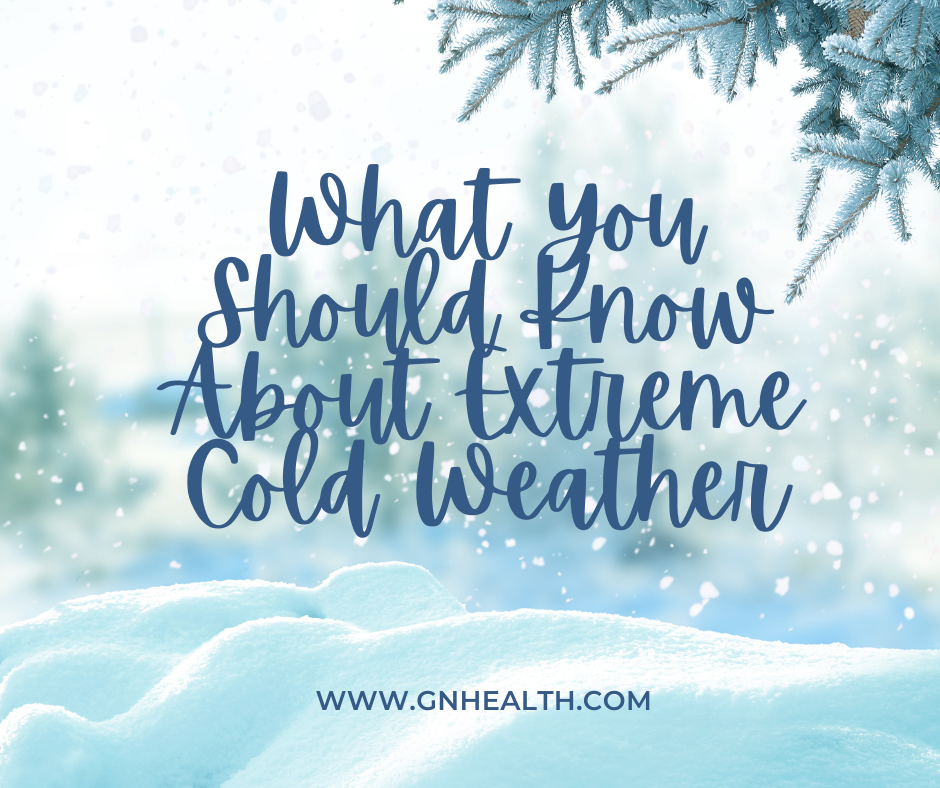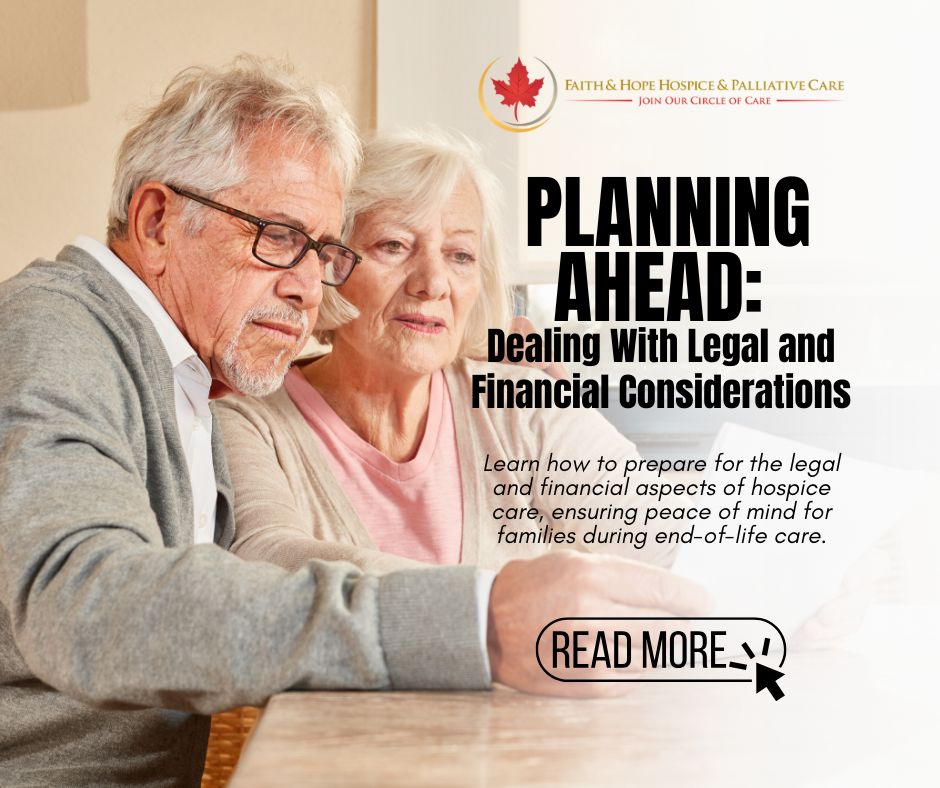
Cold exposure can be fatal and result in frostbite or hypothermia. The most vulnerable are young children and the elderly. Varied regions of the country have different definitions of extreme cold weather. Near-freezing temperatures are regarded as quite chilly in the southern United States. Citrus fruit plantations and other vegetation can suffer serious harm from freezing weather. Homes with little insulation or no heat risk having frozen pipes that explode. Extreme cold weather around here implies below-freezing temps.
How Does Cold Weather Affect the Human Body?
The rate of heat loss in the human body caused by the interaction of low temperature and wind is referred to as wind chill. As winds pick up, heat is expelled from the body more quickly, resulting in a decrease in body temperature that first affects the skin and then the core. Wind cold impacts animals, not cars, plants, or other inanimate objects.
Damage to body tissue brought on by intense cold is known as frostbite. Frostbite can develop in approximately 30 minutes at a wind chill of -20° Fahrenheit (F). Frostbite results in the loss of motion and a white or pale look in the fingers, toes, ear lobes, and nose tip, among other extremities. When symptoms are noticed, seek quick medical attention! Rewarm affected areas gradually if you have to wait for assistance. Warm the body core before the extremities, though, if the patient is also exhibiting symptoms of hypothermia.
When the body temperature falls to less than 95°F, hypothermia develops and is lethal. Surviving people are likely to have ongoing issues with their pancreas, liver, and kidneys. Indeed, that is why people suffering from diabetes should regulate their temperature as soon as possible. Uncontrollable trembling, memory loss, confusion, incoherence, slurred speech, drowsiness, and a general appearance of weariness are all red flags. Do a temperature check on the person. If the temperature is below 95 degrees, get help right once!
How to Deal with the Harmful Effects of Cold Weather
If there is no access to medical care, slowly warm the patient from the inside out. Warming the arms and legs first causes the heart to receive cold blood, which might result in heart failure. Use your body’s heat if it’s required. Then, put the person in dry clothing and cover their head and neck with a warm blanket. Don’t give the person drugs, alcohol, coffee, or other hot drinks or food as the first dish offered should be a warm broth.
Finally, you should ensure you have a full pantry at home already. If not, head to the grocery store a day or two before the storm is expected and stock up. Get enough of what you’ll need to last at least a week or two, but stay moderate and store food to last a month.
Conclusion
If this is your first time surviving the extreme cold, ask a friend, neighbor, or other trusted person for help. Never, ever put off going to the grocery shop until the last minute. You’ll either come upon empty shelves or battle the mob before the storm if you do. Unfortunately, open store shelves aren’t simply in a survivor’s imagination. When a natural calamity or period of extreme weather is predicted, they are all too often.



